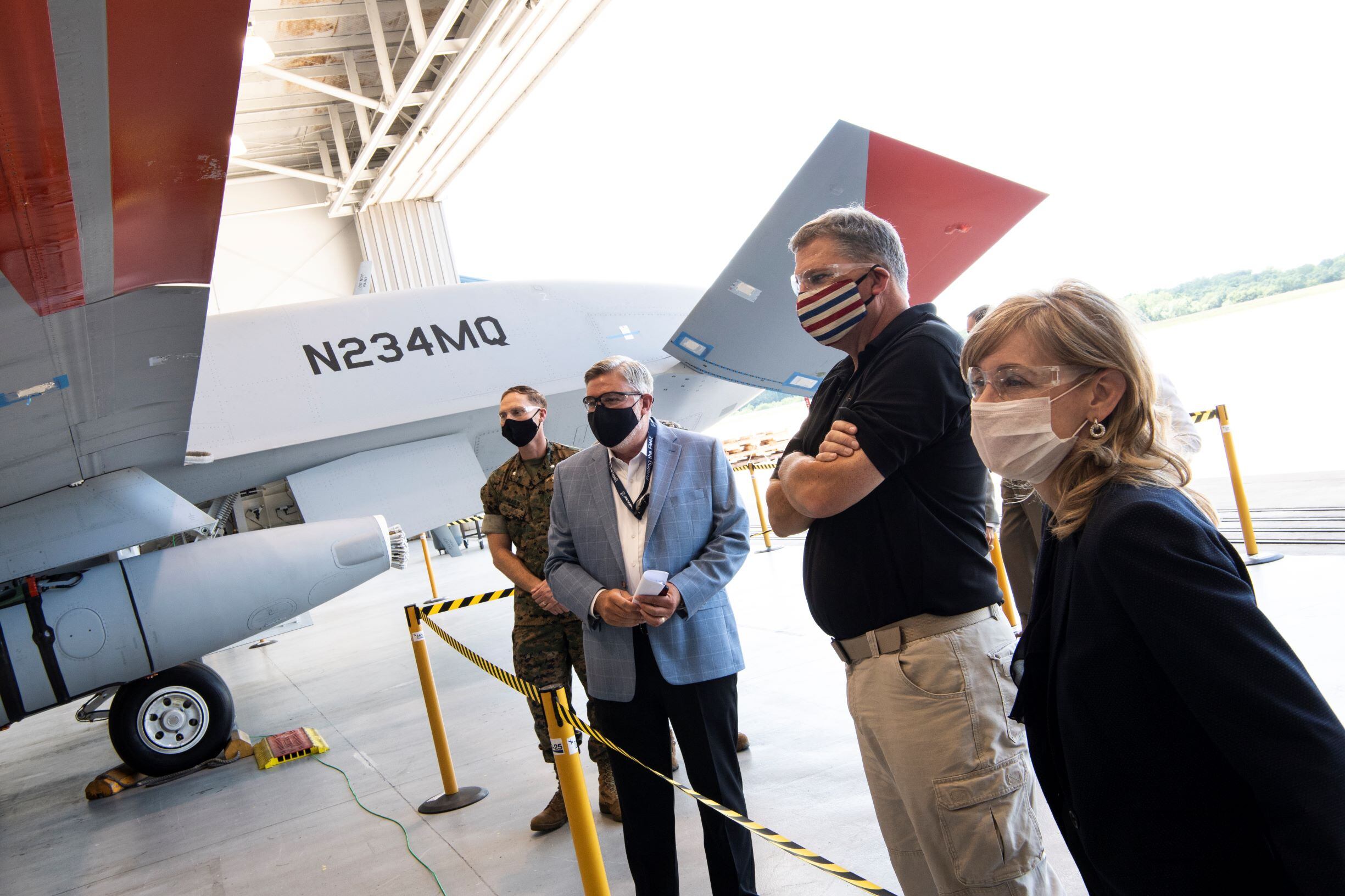While Washington’s attention remains focused on the coronavirus scourge and President Donald Trump’s disastrous handling of the pandemic, the Pentagon this month made another down payment on an unnecessary and dangerous planned spending binge to upgrade the nation’s already excessive nuclear arsenal.
The Air Force on Sept. 8 awarded a $13.3 billion development contract to Northrop Grumman to build a new fleet of intercontinental ballistic missiles to replace the existing Minuteman III missile. The estimated $85 billion price tag for the new missile program, known as the Ground Based Strategic Deterrent, is part of a larger nuclear spending blueprint that is likely to top $1.5 trillion over the next several decades.
But let the buyer — in this case, the American taxpayer — beware. ICBMs are the least valuable leg of the so-called nuclear triad. Cost overruns, which are not exactly an uncommon occurrence at the Pentagon, are likely to drive the purchase price of a new ICBM system even higher, starving other spending priorities. There are cheaper ways to maintain a credible land leg of the triad than moving full steam ahead on a new missile mere weeks before a presidential election.
Contrary to the Pentagon’s positive characterization of the Ground Based Strategic Deterrent program as a “pathfinder,” the effort is off to a rocky start.
The Pentagon’s plan to compete the contract did not unfold as intended. Boeing said last year that it would not bid on the contract, leaving Northrop as the only remaining contender. By moving ahead with a single bidder, the Pentagon has less leverage to control costs. There is no precedent for the absence of competition for a contract the size of the Ground Based Strategic Deterrent program.
RELATED

The primary mission of the ICBM leg of the nuclear triad is to deter a nuclear attack by forcing Russia, America’s only nuclear peer, to have to destroy hundreds of missiles in a large-scale nuclear attack against the United States.
But ICBMs are vulnerable to such an attack unless launched within minutes of detection of the attack. Maintaining the option to launch ICBMs quickly is dangerous because it could lead the president to order the use of nuclear weapons based on inaccurate or incomplete information.
In addition, ICBMs do not provide unique capabilities. The sea leg of the triad is more survivable. The air leg is more flexible.
Even if one agrees with the justification for ICBMs, however, spending $100 billion to buy a new ICBM is unnecessary. Deferring development of a new missile and continuing to rely on a smaller number of Minuteman III missiles is possible and would free up funds to help pay for higher-priority national security needs.
Such needs include pandemic response, maintaining the U.S. military’s technological edge, shoring up the U.S. conventional military position in East Asia and combating the increasingly costly impacts of climate change.
The Defense Department has repeatedly claimed that the price to build and operate a new missile system would be less than the cost to maintain the Minuteman III. But the department arrived at this conclusion by comparing the total life-cycle cost of the two options through the 2070s.
In contrast, the Congressional Budget Office in 2017 evaluated the cost of the two options over a shorter period of time and projected that extending the life of the Minuteman III could save $37 billion (in 2017 dollars) through the late 2030s.
The Pentagon also argues that a new missile is essential to maintain the current force of 400 deployed ICBMs and defeat advancing adversary missile defenses.
Reducing the number of ICBMs to 300 and forgoing capability upgrades would still allow the ICBM force to provide a more than sufficient deterrent capability. Reducing the number of missiles could also free up additional savings by allowing for the reconsideration of current ICBM warhead requirements.
The claim that the Minuteman III may not be able to overcome expected advances in adversary missile defenses is unconvincing, given the penetration aids that the missile is already believed to contain.
Charting a more sustainable path for the nuclear arsenal is both doable and necessary. The current plans exceed what is needed to maintain a devastating deterrent, and their opportunity costs are exacting a growing toll.
As former Air Force Chief of Staff Gen. David Goldfein warned in July, despite significant recent growth, the defense budget is not large enough to buy new nuclear and conventional forces at the same time. The pressure on the federal budget imposed by the response to COVID-19 is likely to exacerbate this challenge.
Foregoing a new ICBM is but one cost-cutting step the United States could take while still retaining a credible nuclear triad and ample leverage with which to pursue future arms control agreements.
No matter the result of the upcoming presidential election, flat spending on defense is likely to be a best-case scenario. Overinvesting in a costly new ICBM would be an enormous misstep.
Kingston Reif is the director for disarmament and threat reduction policy at the Arms Control Association.








